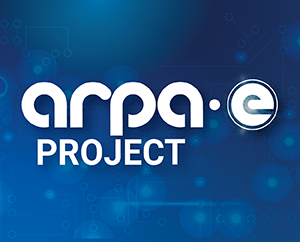Distributed Grid Control of Flexible Loads

Technology Description:
The University of California, San Diego (UC San Diego) will develop coordination algorithms and software using intelligent control and optimization for flexible load and DERs to provide reliable frequency regulation services for the bulk power grid. The project will develop a multi-layer framework for larger-scale energy aggregators to act on behalf of their smaller-sized customers to help respond to incoming requests from regional transmission operators. The team will develop approaches that aggregators can use to quantify reserves, system objectives and constraints, customer usage patterns, and generation forecasts. Aggregators will use distributed coordination algorithms to rapidly respond to operators while considering network constraints and quality of services for customers. The UC San Diego technology to manage flexible loads and DERs offers economic and operational advantages for utilities, operators and customers.
Potential Impact:
If successful, projects included in the NODES Program will develop innovative hardware and software solutions to integrate and coordinate generation, transmission, and end-use energy systems at various points on the electric grid. These control systems will enable real-time coordination between distributed generation, such as rooftop and community solar assets and bulk power generation, while proactively shaping electric load. This will alleviate periods of costly peak demand, reduce wasted energy, and increase renewables penetration on the grid.
Security:
Innovations from this program would help the U.S. grid assimilate at least 50% of renewable generation and provide system reliability and resiliency while managing emerging energy generation and consumption patterns.
Environment:
The addition of flexible loads and DERs into the U.S. grid could offset 3.3 quads of thermal generation and displace 290 million tons of CO2 emissions.
Economy:
Using the NODES approach to integrate flexible loads and DERs into the grid could replace 4.5 GW of spinning reserves (i.e. generation capacity on stand-by in case of outages and unforeseen intermittency), a value of $3.3 billion per year. A more efficient and reliable grid would help protect U.S. businesses from costly power outages and brownouts.
Contact
ARPA-E Program Director:
Dr. Mario Garcia-Sanz
Project Contact:
Prof. Sonia Martinez-Diaz
Press and General Inquiries Email:
ARPA-E-Comms@hq.doe.gov
Project Contact Email:
soniamd@eng.ucsd.edu
Partners
Typhoon HIL, Inc.
University of Illinois, Urbana Champaign
Related Projects
Release Date:
02/04/2015
